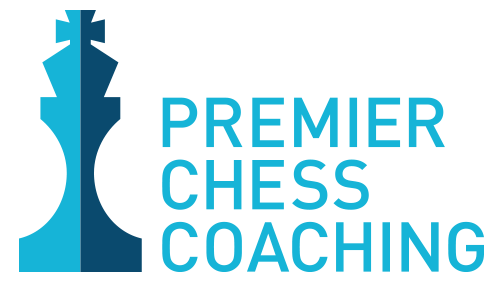Often overshadowed and always pivotal, playing your pawns properly can make or break your chess game. Chess fundamentals will teach you that a pawn can move forward one or two squares forward on it’s first turn, and a single square on all subsequent turns. This can feel like a snooze when compared to all the other interesting movement patterns available to other pieces. There are however some important things to remember which make pawns a powerful asset to your game.
1. Pawns stand strong together.
Pawns are strongest when connected. Pawns are connected when two or more pawns protect each other from capture. Imagine four pawns arranged in a diagonal across the board. The first pawn is protected by the second, and so on. When in a formation like this, sometimes called a ‘pawn chain’, it’s also important to really consider how you move the formation forward. Move them in a way that keeps them protecting one another, deterring your opponent from punching any holes in your formation.
2. Passed pawns have power.
If you’re asking yourself “what is a passed pawn?”, you’re in the right place. This is a fundamental chess concept and an exciting idea to boot. You may know that if your pawn reaches the other side of the board (the eighth rank), it can be ‘promoted’ to a higher value piece. The player promoting the pawn can choose between promoting it to a bishop, knight, rook, or queen of the same colour. This is an exciting idea that new players like to have fun with.
You have a passed pawn if the road to the other side is clear of your opponents pawns. In other words, your pawn is unimpeded by your opponent’s pawns on its way to promotion. This is a huge asset, because this pawn is a threat to your opponent even before it’s promoted. Having a passed pawn is a great way to use a fundamental chess concept to turn up the heat.
3. The fundamental bait and capture.
Trading pieces is a fundamental chess concept. Having an abundance of pawns on the board means that you are going to lose pawns, and you have to focus on trading for higher value pieces. Using your pawns to threaten opposing pieces, is a great way to force your opponent’s hand and dictate play. Pawns are low enough in value that capturing them in exchange for a compromised position is rarely the right move. Forcing your opponent to capture your threatening pawns in exchange for his higher value pieces is a good strategy, and having chained pawns as we discussed above is very helpful here.
Just because they’re simple, doesn’t mean they don’t require attention! Every winning game starts with adhering to the chess fundamentals, and what’s more fundamental to the game than the pawn? If you’re interested in polishing up your pawn game, or mastering chess altogether, let our amazing chess coaches help you. From chess clubs to private lessons, we do it all! Get in touch today.


